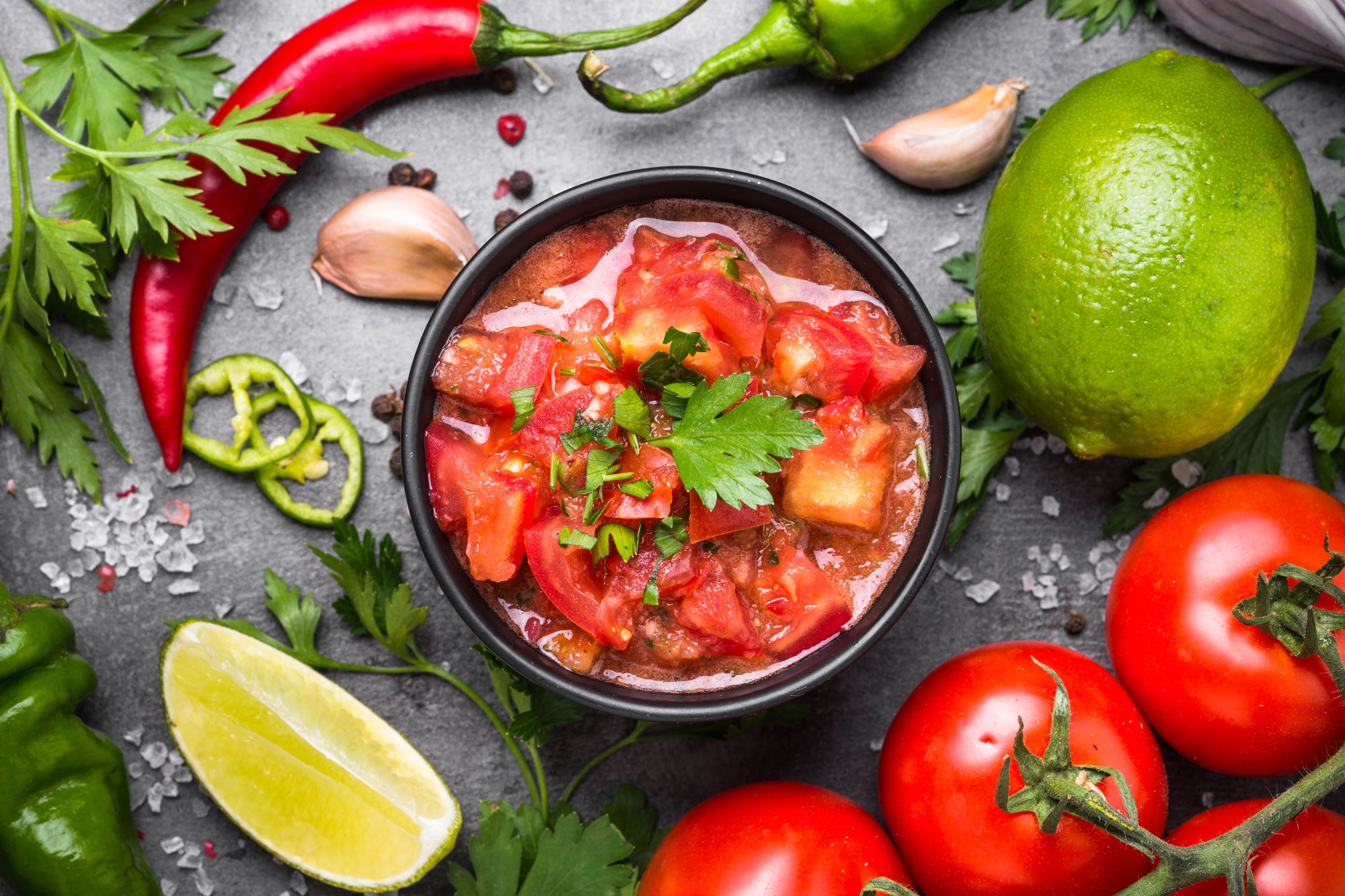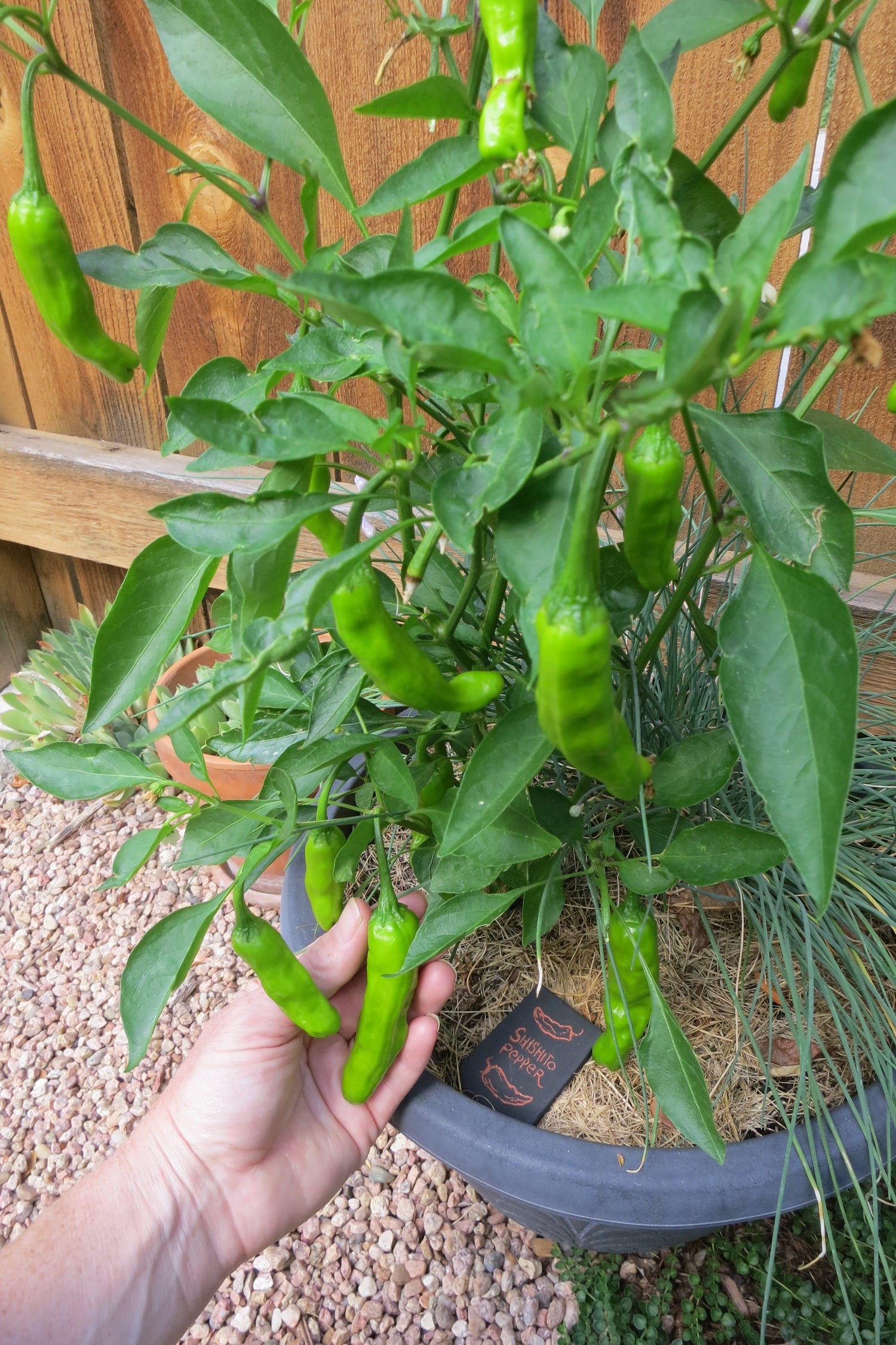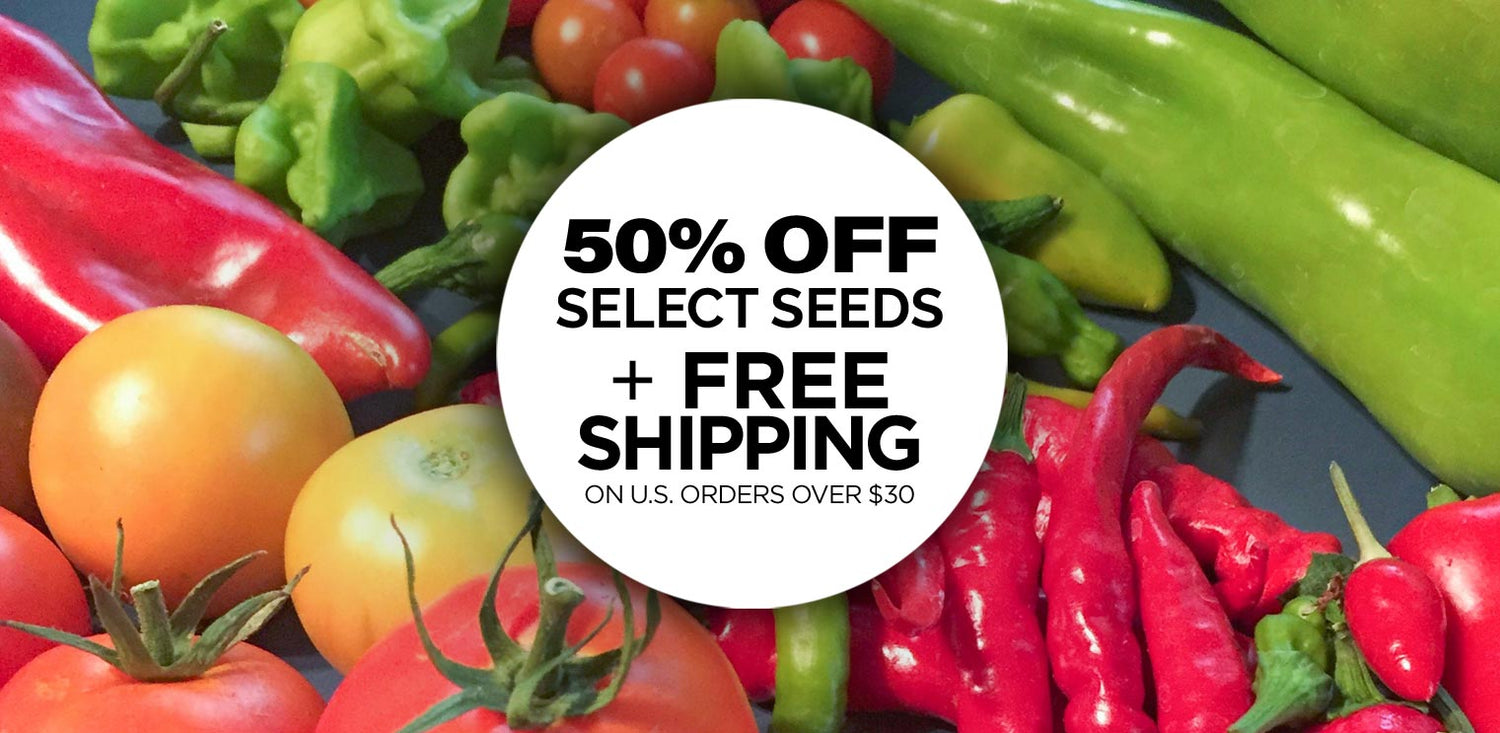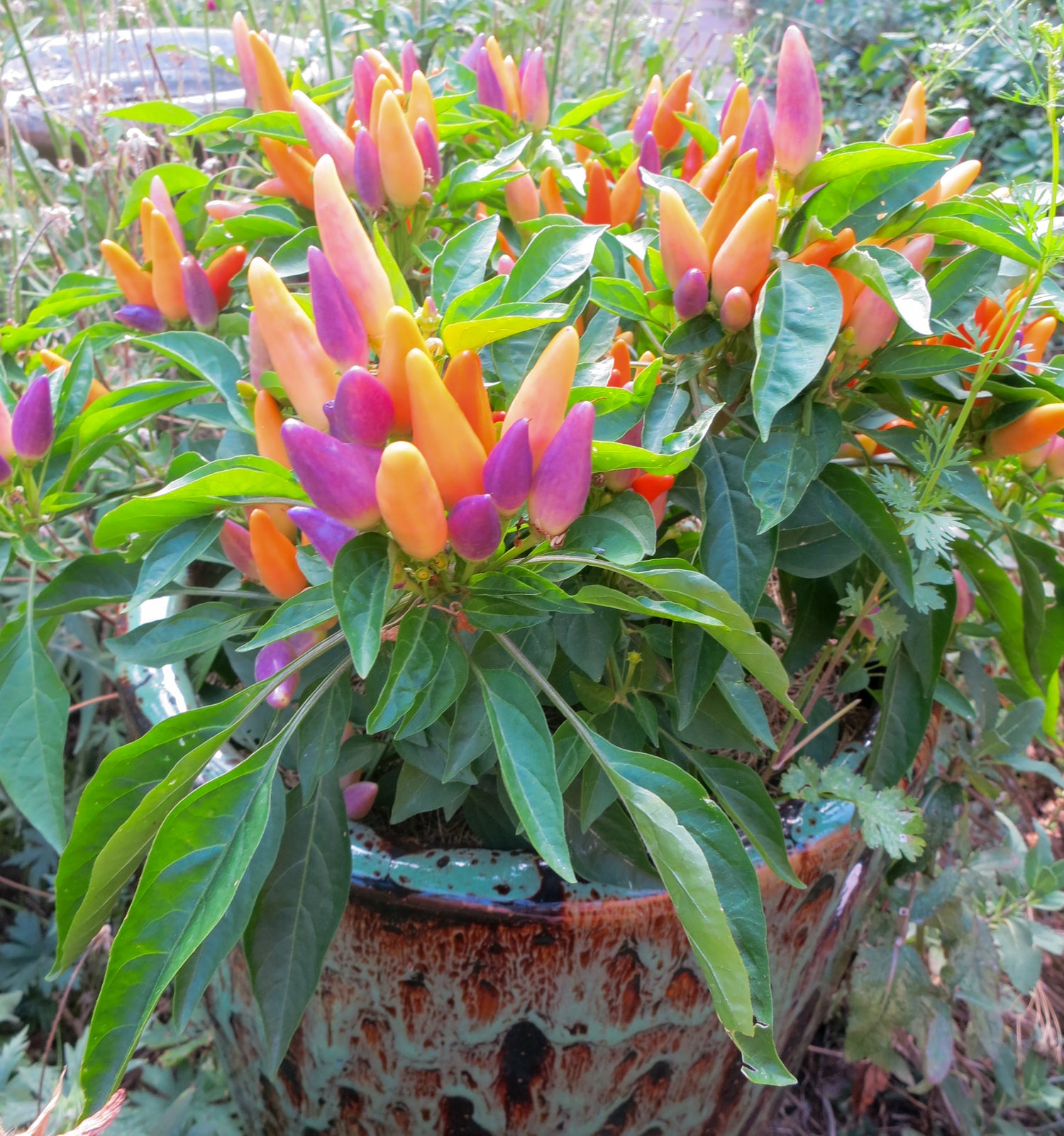
Peppers are heat loving vegetables, and so if you want to grow them in cooler climates, here are our tips for greater success.

1. Choose Shorter Season Peppers:
Make sure to choose peppers that mature quickly. A few good faster maturing peppers include:
Sweet Chocolate Bell Pepper
Our earliest pepper, ripening around 57 days!
Jalapeño Early Seeds
The best pepper for short seasons and cooler climates.
Jalapeño Lemon Spice
Shishito Pepper Seeds
Banana Pepper Seeds
Padron Pepper Seeds
Anaheim Green Chile Seeds
Hot Hungarian Yellow Wax Peppers
Find lots more of our
Fastest Growing Peppers »
Or, check out this cooler weather loving peppers below:

Bulgarian Carrot Pepper Seeds
The spicy Bulgarian Carrot Pepper came to America in the 1970's from Bulgaria and is well adapted to the cool Scandinavian climate.
The Bulgarian Carrot Chile pepper plant itself is adapted to cooler northern climates and grows well even in a cooler summer. These Bulgarian Carrot Peppers set fruit best between 65-85°F.
It's easy to see how this heirloom pepper got its name – the long tapered orange fruits look like carrots, but with over 12,000 Scoville Heat Units these are not to be underestimated as sweet!
 The Rocoto, or Apple Chili Pepper – the Cool Weather Pepper:
The Rocoto, or Apple Chili Pepper – the Cool Weather Pepper:
If you live in a cooler zone such as the mountains, you can also try the one pepper that tolerates cooler temperatures & even partial shade: the beautiful, fruity & spicy orange Manzano Pepper, which is native to the Andean mountain slopes. This chile is also known as the Apple Chile or the Orange Rocoto. Unlike most chiles, the Manzano Pepper does fine in cooler weather and prefers partial shade instead of full sun. If you live in a hotter climate, providing partial shade for this cooler weather pepper will keep it happier. Learn more about this cold-tolerant pepper »

2. Start Seeds Early Indoors
Start seeds 8 weeks ahead of the last frost date in your area.
You can germinate pepper seeds indoors in well draining potting soil, or even using a hydroponic setup like the Aerogarden starter tray that allows you to start seeds in water. Remember that pepper seeds need warmth to germinate, so keeping the seeds moist and warm around 80˚ will help them sprout. Cold seeds will often not sprout! Using a heat mat under your seeds when germinating will greatly help.
Keep the seeds happy under bright lights and keep them warm and indoors until it warms up enough outside to be about 60-70˚ at night. Peppers don't like it cold!
When planting outdoors, make sure to prepare your garden bed soil with lots of compost – peppers grow faster with soil with lots of composted organic material! Read more about why compost helps grow bigger peppers »
3. Planting Outdoors
After all danger of frost has passed and it has warmed up to about 60-70˚ at night, it's time to plant peppers! If you still have cooler nights, you can also use Water Walls which help keep young pepper seedlings warm at night using solar energy and thermal mass from the water.
Live in a cooler climate? Try the spicy Orange Rocoto Pepper or the Bulgarian Carrot Pepper, which both tolerate (and prefer!) cooler temperatures than most other peppers.
Plant peppers in full sun – the more sun they get, the faster they will grow and mature. At least 6-8+ hours of sun daily is ideal.
3. Mulching & Watering Throughout the Season
Mulch your pepper plants with grass clippings or other mulches to keep the soil warm and the moisture levels consistent. Be sure not to pile too much mulch around the stems of your pepper plants. Also, don't overwater your peppers – make sure to allow the soil to dry between waterings, peppers hate soggy feet!
Use Compost for your Fertilizer!
We don't use fertilizer much, except for seaweed extract on occasion. Instead, we add compost before planting, and we will top dress a little compost around our peppers during the summer to add nutrients to the soil. Don't put compost right up against the plants, but between them.
GROW BIGGER PEPPERS:
Read more of our tips on How To Grow Peppers »





















